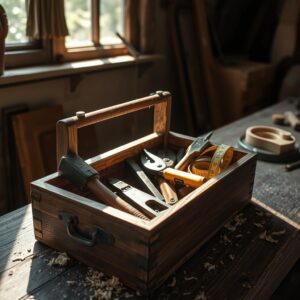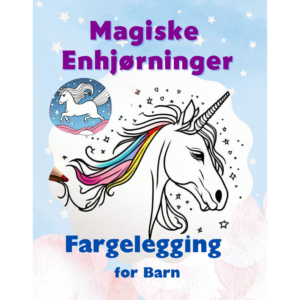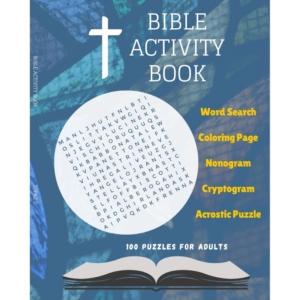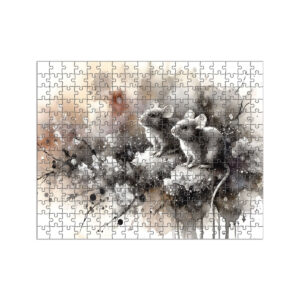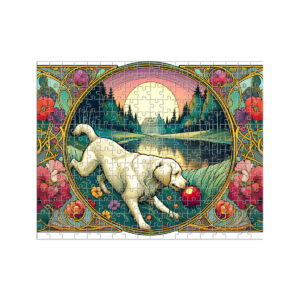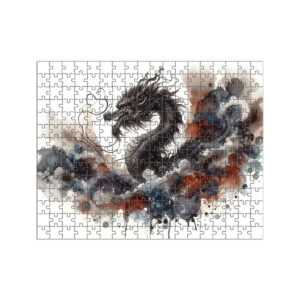
Explore & Play
Discover interesting topics and solve the accompanying crossword puzzle.
Vessel Crossword: Navigating Clues from Ships to Schooners
Table of Contents
Vessel Crossword
You can either fill in the crossword puzzle directly on this page or click the button in the bottom right corner to print it for free.
——————————————
Navigating Vessel Crossword Clues: From Ships to Schooners
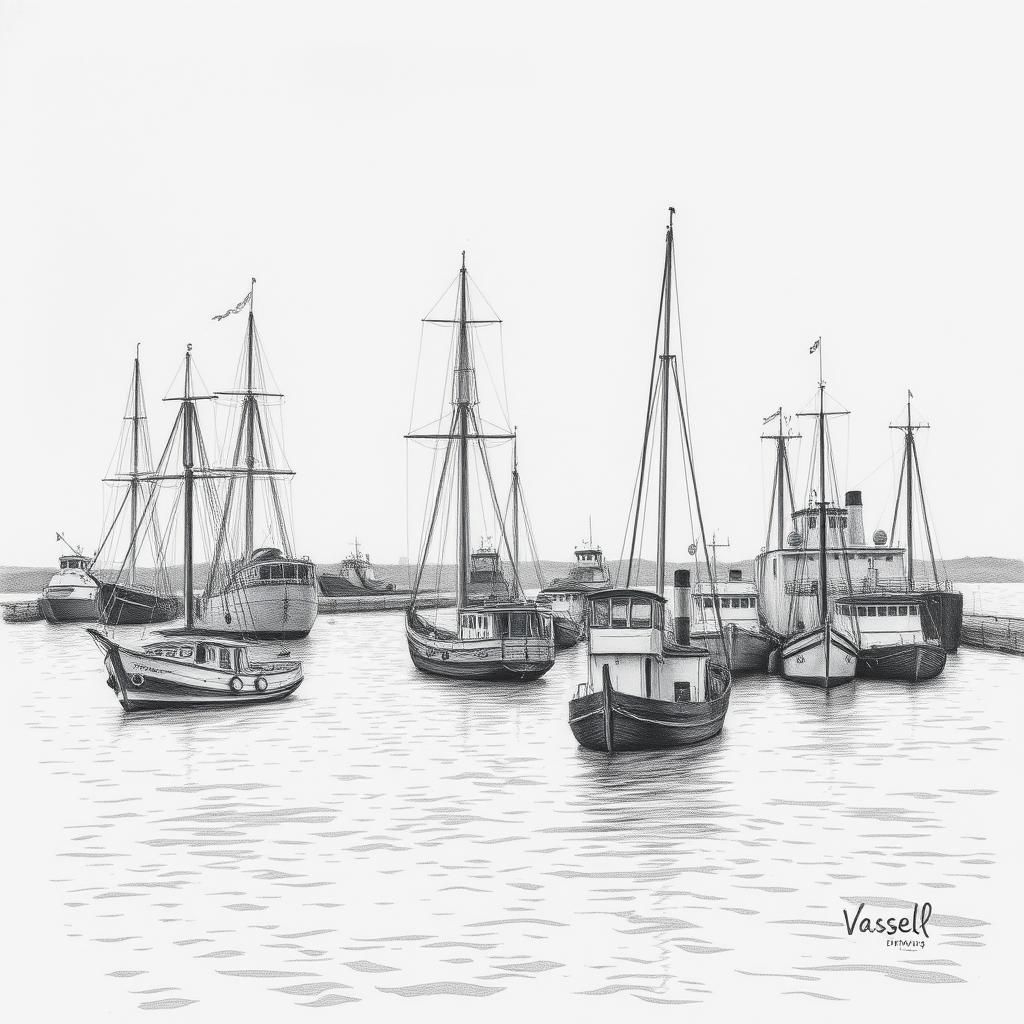
Introduction
Picture this: you’re staring at a crossword grid, and the clue reads simply, “Vessel.” It sounds straightforward, but suddenly, you’re wondering—is it a ship, a boat, a yacht, or something else? Vessel-themed clues are a staple in crosswords, showing up more often than you might expect. These clues tap into a surprisingly rich world of watercraft, from the smallest kayaks to the massive cargo ships that traverse the seas.
Understanding the different types of vessels isn’t just useful for solving puzzles—it’s a bit like having a backstage pass to maritime history and culture. Crossword makers love to challenge solvers with nuanced clues that hinge on knowing a schooner from a sloop, or a tanker from a ferry. That’s why taking a moment to get familiar with these terms can turn a frustrating “unknown” into a satisfying “aha!” moment.
This article aims to clear up the fog around vessel clues by breaking down common types, highlighting key details, and debunking crossword myths. Think of it as your quick guide to the waterborne world that’s hiding behind those four little letters in your puzzle. Whether you’re a casual solver or a crossword aficionado, these insights will help you navigate vessel clues with confidence and maybe spark a bit of curiosity about the stories behind these floating vessels.
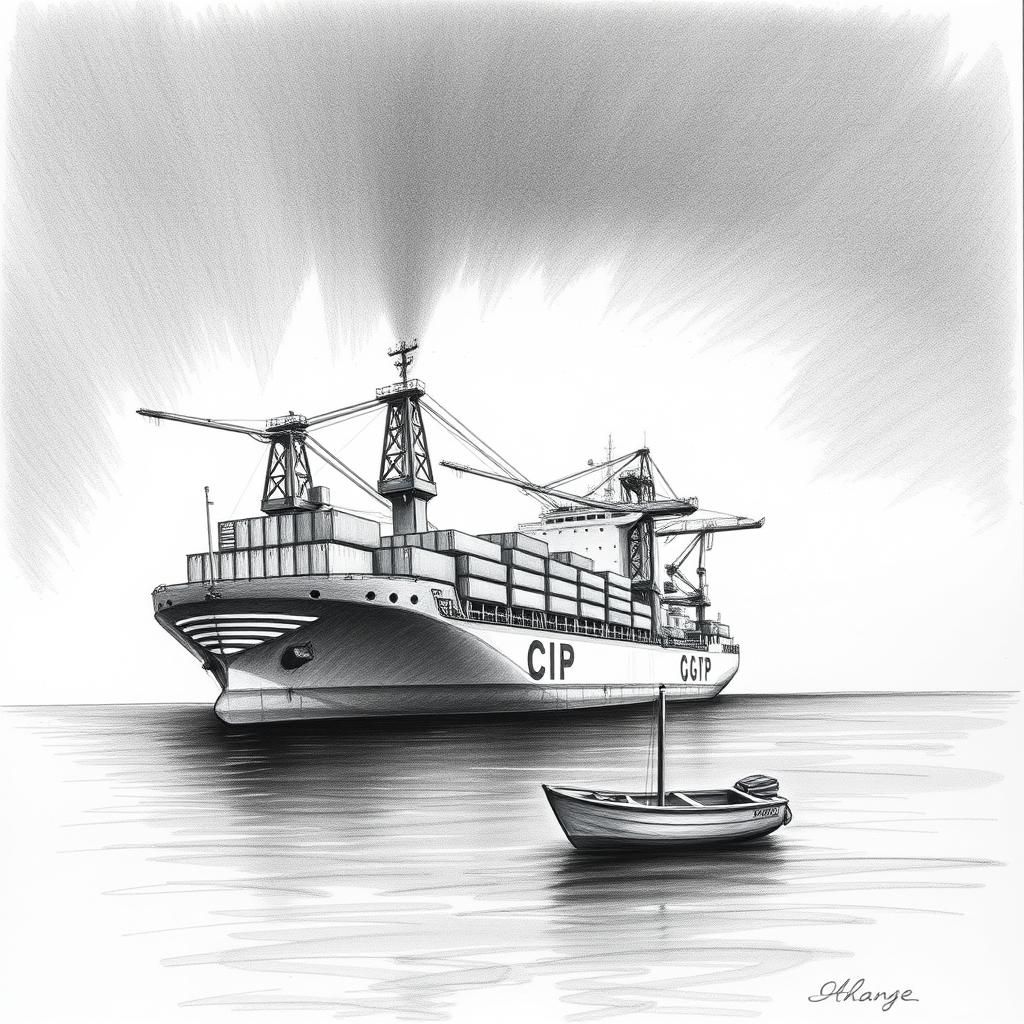
Ships vs. Boats: Key Distinctions in Crosswords
When you stumble across a vessel clue in a crossword, it pays to know why the puzzle setter chose “ship” over “boat” — or vice versa. At first glance, the words might seem interchangeable, but crosswords often expect a sharper distinction rooted in size and function.
In the world of puzzles, a “ship” usually means something bigger — think boats tipping the scales over 500 tons. That’s not just poetry; it’s a practical cutoff that hints at the answer. So, if the clue calls for a “ship,” imagine something hefty, often ocean-going, designed for cargo, passengers, or naval missions. A “boat,” by contrast, is smaller, more nimble, and often found closer to shore or on lakes and rivers.
Why does this matter? Crossword clues rely on precision. If the clue says “small vessel,” chances are the answer leans toward “boat.” But if it’s “large cargo carrier,” the solver should lean into “ship.” This size difference echoes real-world roles, too. Ships boast sturdy hulls and complex designs meant for deep-sea voyages, while boats typically prioritize speed and convenience.
Consider typical crossword appearances: clues like “Titanic or Queen Mary” are almost certainly looking for “ship,” whereas “dinghy or rowboat” would nudge you toward “boat.” By tuning into these nuances, you’ll slice through vessel clues with confidence, seeing not just the word, but the world it carries.
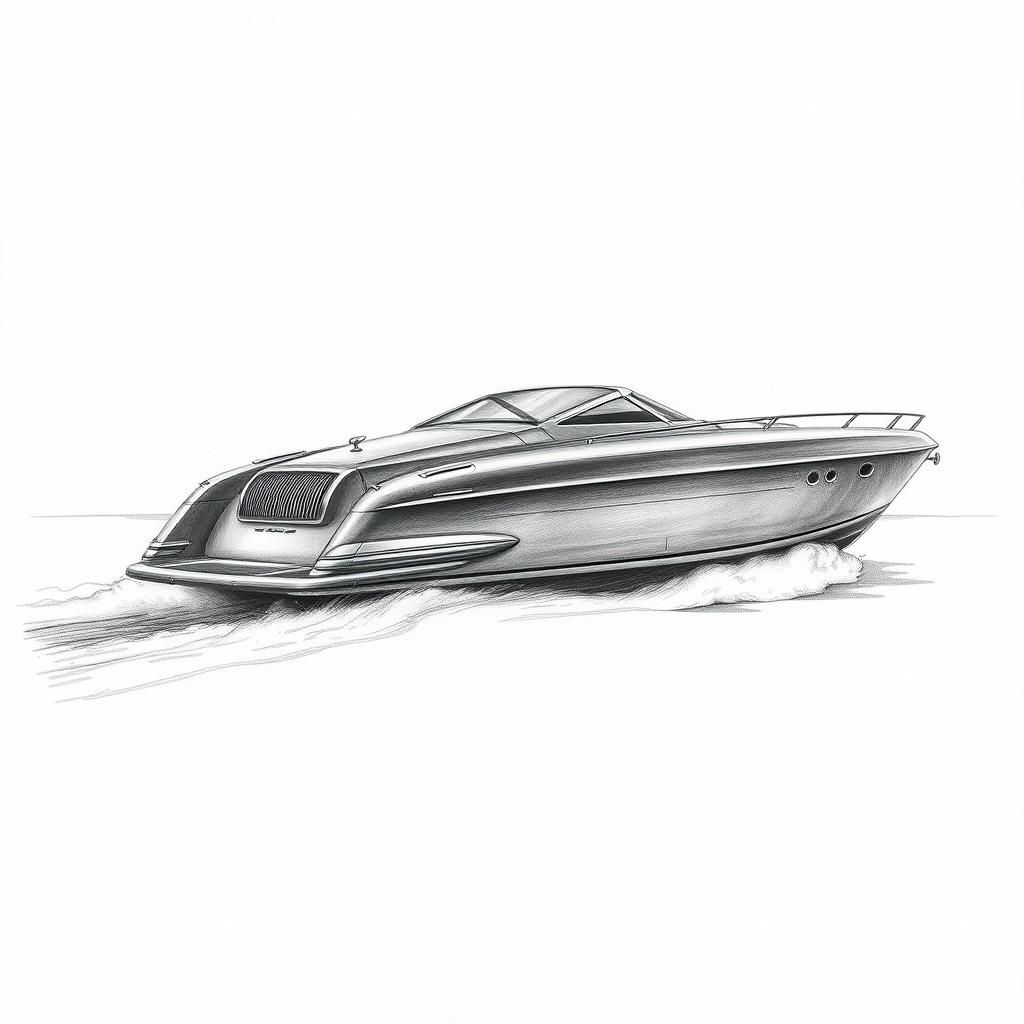
Yacht: Iconic and Historic Vessel Clues
Picture the yacht: sleek, often white, slicing through shimmering waters under sunlit skies. In crossword puzzles, “yacht” conjures images not just of leisurely sailing but of a storied vessel type that has intrigued puzzle makers and solvers alike. One of the earliest motor-powered yachts, the Vector of 1888, marks a milestone—it was a glimpse into a future where elegance met engineering innovation. This blend of style and function has made “yacht” a frequent answer in crosswords, popping up in clues that might hint at luxury, speed, or even the word’s nautical roots.
Yachts are more than just fancy boats. They carry echoes of personal adventure and social status, and their distinctive shape—a sleek hull paired often with a single mast or powerful engine—is a handy mental image when tackling tricky clues. Crossword clues referencing yachts might flirt with words like “leisure,” “luxury,” or “regatta,” inviting solvers to tap into more than just a dry definition. They remind us how language weaves together history, culture, and the thrill of the open sea in just five letters.
So, next time you see a yacht clue, remember: you’re stepping into a tradition that started with vessels like the Vector, vessels that symbolized a new era on water—where private voyages became a canvas for innovation and style. It’s a small but vivid chapter in maritime history that quietly enriches every crossword grid.
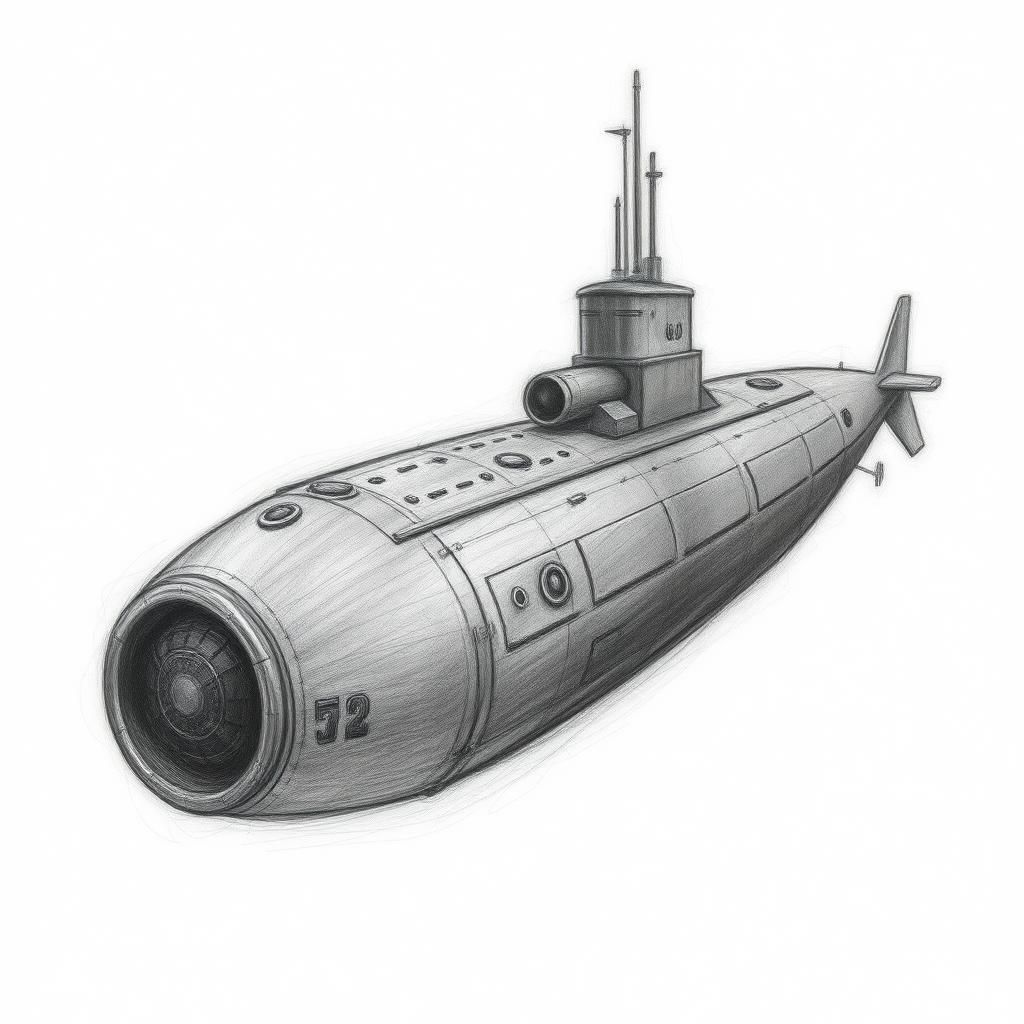
Submarines: Stealth and Underwater Operations
Imagine slipping silently beneath the ocean’s surface, a giant metal fish vanishing into the blue—this is the essence of a submarine. Crossword clues tapping into these underwater vessels often hinge on their unique ability to operate unseen for long stretches beneath the waves. When you see hints about stealth, covert missions, or something lurking deep underwater, submarines are usually the answer.
Key terms linked to submarines—like “sub,” “diver,” and “torpedo”—frequently pop up in puzzles, reflecting their secretive nature and military use. Crossword setters might also lean on words such as “USS” or “Nautilus,” nodding to famous subs that changed naval history. Knowing that “periscope” and “hull” are common parts helps connect the dots when clues hint at underwater vision or the body of a vessel beneath the waterline.
Historically, submarines evolved from experimental crafts in the 19th century to essential tools of naval power in both World Wars. The challenge of staying submerged for days required innovations in air purification and silent propulsion—details that occasionally surface in crafting tricky clues. So, when a puzzle points to a secretive underwater craft or mentions deep-sea navigation, think “submarine.” It’s a word loaded with history and stealth, quietly waiting beneath the crossword’s surface for solvers to discover.
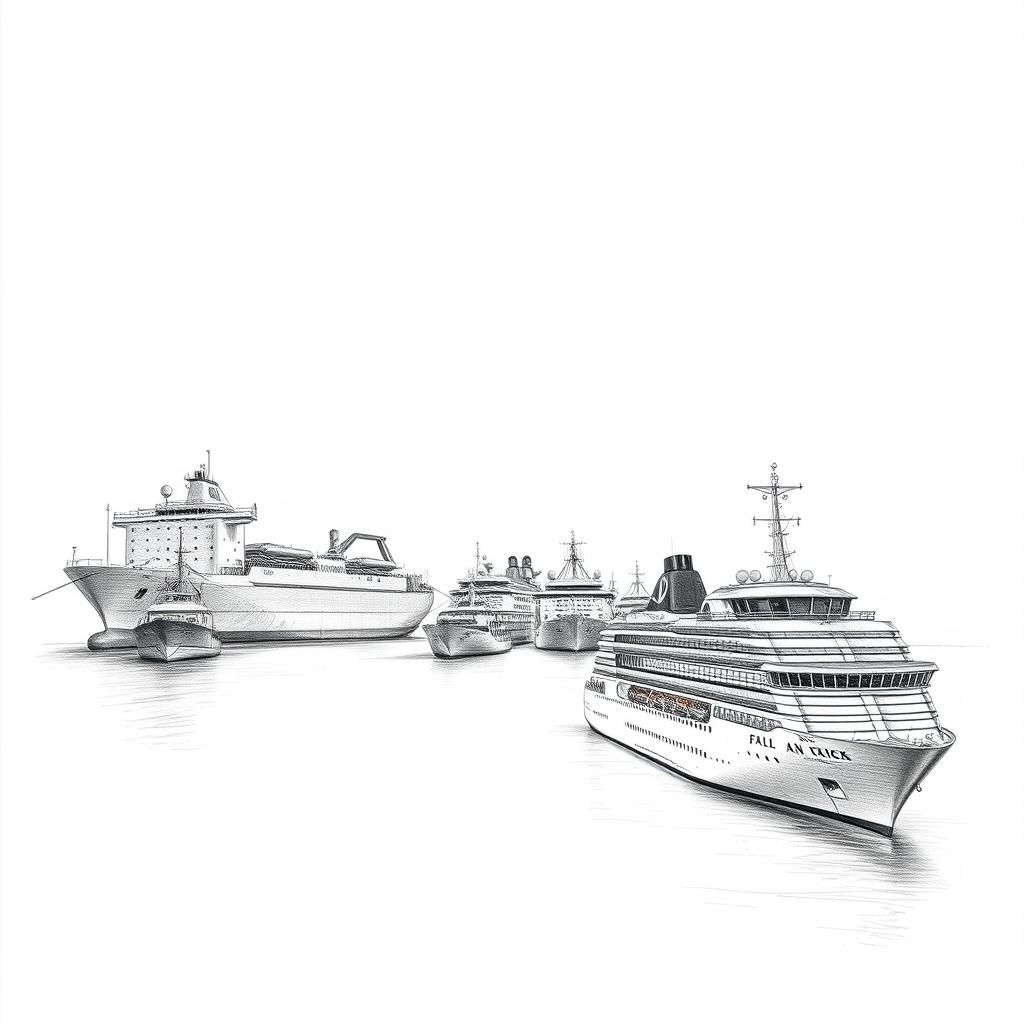
Tankers, Ferries, and Cruise Ships: Size and Function in Clues
Step onto the vast decks of tankers, ferries, and cruise ships—the giants of the water world that often make cameo appearances in crossword puzzles. Each carries its own story and clues that hinge on size, purpose, and even cultural role.
Tankers are the true heavyweight champions at sea. These massive vessels are designed to haul vast quantities of liquid cargo—typically oil or chemicals—across oceans. When you see “massive oil carrier” or “floating fuel giant” in a clue, chances are the answer points to “tanker.” Recent headlines about oil transport or environmental debates can sneak into crossword themes, making this term refreshingly relevant. What sets tankers apart in puzzles is their scale and the very nature of their cargo, distinguishing them from bulk carriers or container ships.
On to ferries: these hardworking boats keep foot and vehicle traffic flowing between islands, across rivers, and to peninsulas. Crossword clues might mention “passenger transport” or “commuter boat,” inviting you to think beyond glamorous yachts or bulky cargo ships. Ferries are often portrayed as trusty workhorses—less about luxury, more about connecting people. Look out for clues that emphasize short trips, regular routes, or car decks, all signs your answer is likely “ferry.”
Then there are cruise ships—the floating palaces of leisure and travel. In crosswords, they’re often framed through words like “luxury liner,” “ocean vacation spot,” or even specific cruise line names. These clues rely on cultural knowledge and imagination, hinting at grandeur, entertainment, and exotic destinations. While tankers and ferries serve practical purposes, cruise ships reflect the human desire to explore and relax on the open water.
When tackling clues about these vessels, size and function are your allies. A massive vessel hauling oil? Tanker. A commuter boat ferrying passengers? Ferry. A luxurious floating resort? Cruise ship. Each term carries more than just syllables—it carries the human activities and histories behind life on the water.
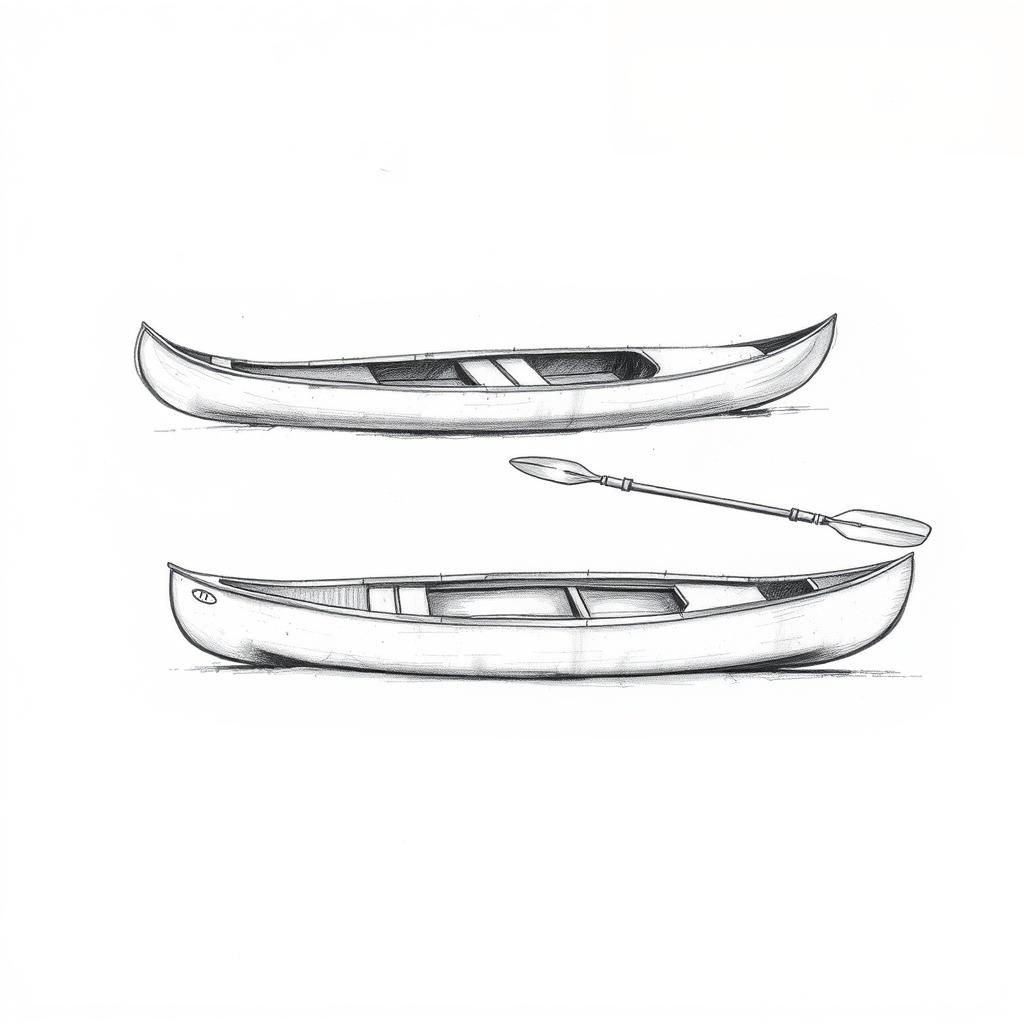
Canoes and Kayaks: Myths and Crossword Confusion
Step into the world of small watercraft, and you might think canoes and kayaks are just two names for the same thing. Crossword puzzles, with their love of brevity, often blur the lines between these vessels, using “boat” as a catch-all. But when a clue nudges you toward canoe or kayak, knowing the subtle differences can make all the difference.
Canoes are typically open on top, with pointed ends and a wide beam that offers stability and room for sitting upright. Their paddles have a single blade, and you often see canoers kneeling or sitting on a bench inside. Kayaks, on the other hand, are usually closed-decked, with a cockpit where the paddler sits low, legs extended. Kayak paddles have blades on both ends, allowing for swift, rhythmic strokes that cut through the water.
Crossword setters may drop hints based on these features: mentions of a single-bladed paddle? Lean toward “canoe.” A clue emphasizing a narrow cockpit or double-ended paddle? “Kayak” is likely your answer. Sometimes the puzzle plays on cultural or regional hints — think native Arctic peoples and kayaks, or leisurely summer trips downstream and canoes.
When faced with a generic “small boat” clue, it’s tempting to guess either. But armed with these clues, you’ll glide through answers with confidence, appreciating that even the smallest craft tell stories of design, culture, and the quiet joy of paddling across calm waters.
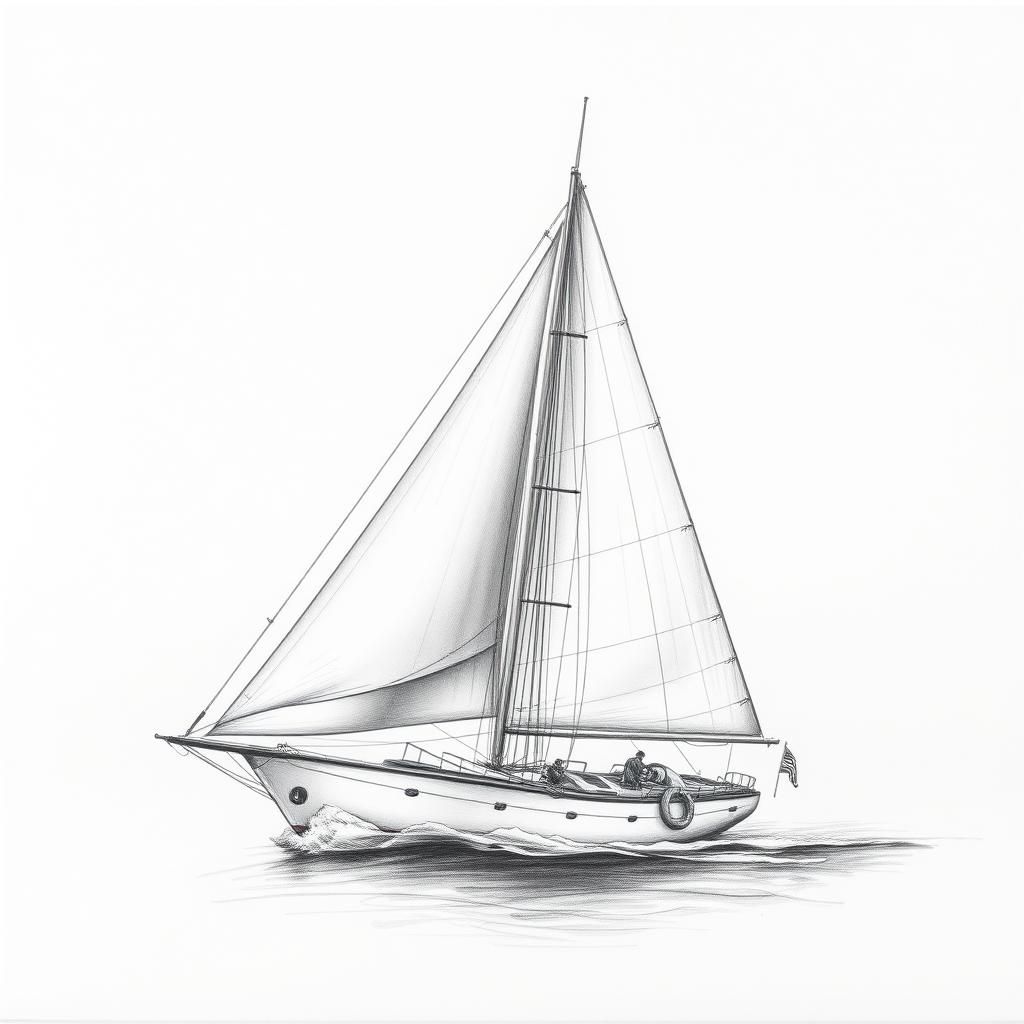
Schooners: Classic Sailing Vessels in Crosswords
Picture a sleek sailing ship cutting through the waves with two or more tall masts, each rigged to catch the wind just right. That’s a schooner — a sturdy, elegant vessel beloved by sailors and puzzle makers alike. In the world of crosswords, schooners often pop up as answers because their distinctive design and historic charm offer just the right balance of specificity and familiarity for clue setters.
At their core, schooners are defined by their rig: usually at least two masts, with the rear (main) mast taller than the front (fore) mast. This arrangement made them incredibly agile and fast, ideal for trade, fishing, and even privateering back in the 18th and 19th centuries. The design wasn’t just about speed; it was about efficiency and ease of handling, especially with smaller crews.
Why do schooners show up in crossword puzzles? Their name is short yet rich in cultural and nautical resonance. Puzzle creators love the word’s rhythmic, almost musical, cadence, and solvers get a rewarding “aha” moment when the clue points to a schooner — whether the hint nods to classic sailing, a maritime festival, or historic clipper ships.
Historically, schooners were the workhorses of coastal trade and fishing fleets, carrying timber, fish, and other goods along rugged shores and rivers. Today, they hold a romantic place in sailing culture: picture tall ships parading in harbor festivals or adventurers retracing historic voyages. In crosswords, clues might mention “two-masted sailboat,” “historic clipper,” or even evoke a setting like “maritime festival vessel.”
When you see such hints, think schooner. It’s not just about the sails—it’s about a vessel that carries stories of trade, exploration, and the enduring human spirit navigating the vast, unpredictable sea.
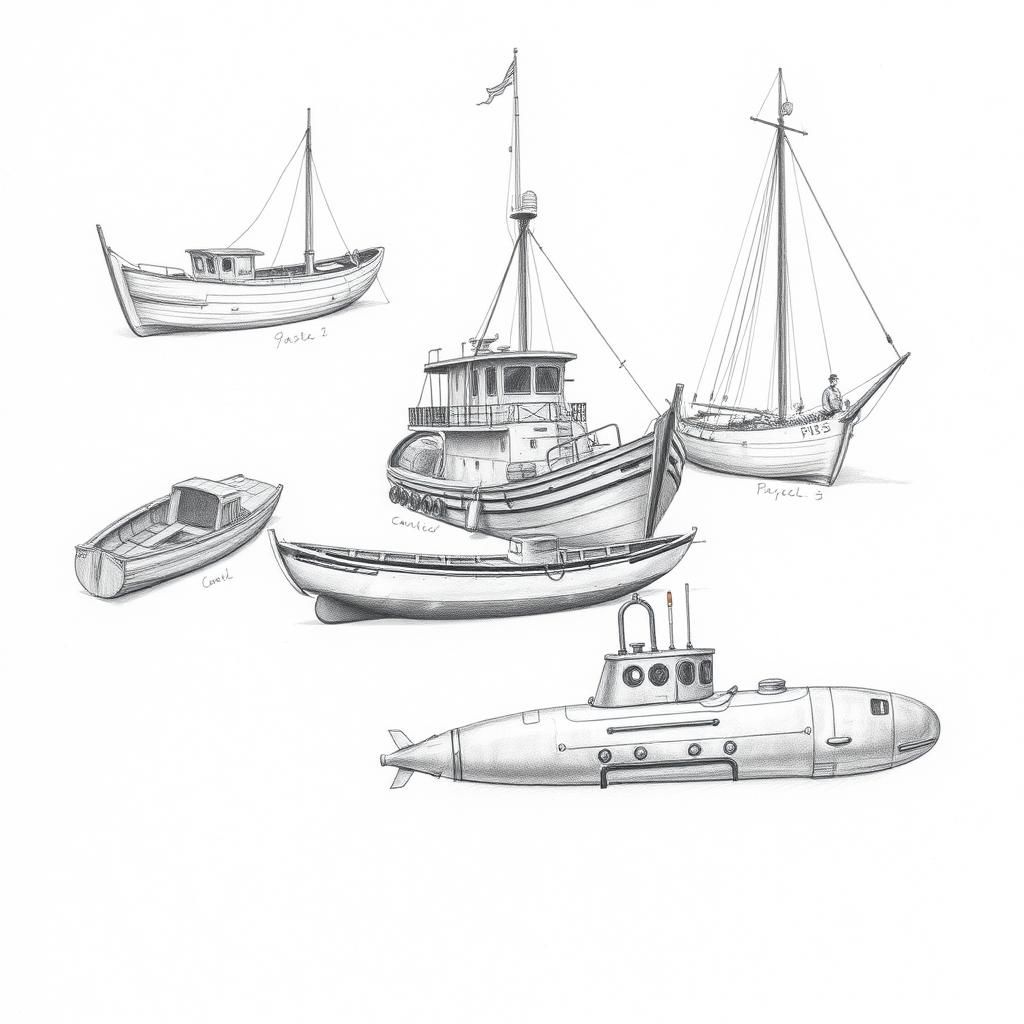
Practical Tips for Navigating Vessel Crossword Clues
Picture yourself staring at a crossword grid, faced with a clue like “___ with sails” or “Large oil transporter.” Knowing a little about vessels—from their size to their purpose—can turn guesswork into satisfying aha moments.
Size matters. Crossword puzzles often hint at whether the answer is a tiny kayak or a giant tanker through subtle words like “small,” “massive,” or “ocean-going.” If a clue suggests a vessel over 500 tons, chances are the answer leans toward “ship” rather than “boat.” Keep that distinction in mind: it narrows your options significantly.
Function gives context. Is the clue about carrying passengers, cargo, or stealthily diving beneath waves? Words like “cruise,” “oil,” or “submerged” aren’t just filler—they’re signposts steering you toward cruise ships, tankers, or submarines. Spotting these patterns helps you zero in on answers faster.
Don’t overlook design features. A “two-masted schooner” or a “one-person paddle craft” points to very different vessels, and puzzles love these details. Remember, canoes and kayaks might both be “small boats” but differ in paddle style—a nuance some clues play on.
Historical and cultural snippets help. Knowing that the first motor yacht was called Vector, or that schooners were beloved for their speed, can spark recognition when clues reference historic vessels or sailing types. These little facts enrich your solving experience, almost as if you’re stepping into the stories behind the vessels.
Use external resources to sharpen your skills. There’s a wealth of accessible info online—from maritime glossaries to cultural histories—that can deepen your understanding without overwhelming you. The more you read, the more you’ll start anticipating how vessels show up in puzzles.
At your next solving session, approach vessel clues like a seasoned navigator: observe the size hints, catch the functional cues, savor the design details, and let history lend you a hand. It’s this blend of practical knowledge and curiosity that transforms a tricky crossword into a journey through the waves of language and lore.
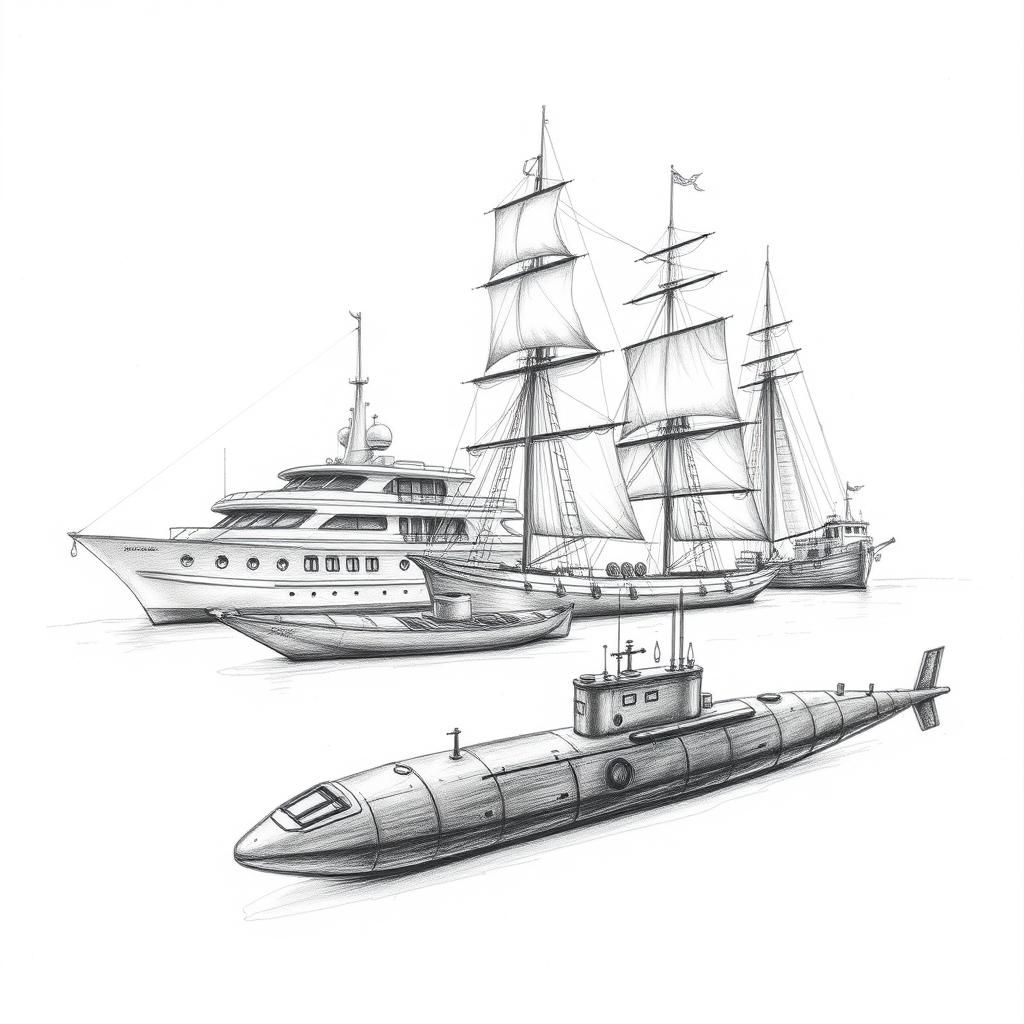
As we wrap up this voyage through vessel-themed crossword clues, it’s worth remembering one simple truth: knowing the difference between a ship and a boat—or a schooner and a kayak—can turn a frustrating puzzle moment into a satisfying “aha.” These distinctions aren’t just trivia; they’re keys that unlock layers of meaning behind clues. Whether it’s the sleek lines of a yacht, the quiet stealth of a submarine, or the sturdy grace of a schooner, each vessel carries stories and functions that breathe life into crossword grids.
So next time you face a watery clue, let curiosity steer you. Delve into the history, imagine the salty air, and appreciate the human craft behind each vessel name. Beyond helping you solve puzzles faster, cultivating this knowledge deepens your connection to our shared maritime heritage—reminders of journeys taken, trades made, and adventures dreamed.
For those eager to dive deeper, the resources linked throughout this article offer maps, artifacts, and anecdotes that keep the spirit of these vessels afloat long after the crossword is done. Embrace the journey—each clue is a small boat awaiting your discovery.
Share to...
I hope you enjoy the content.
Want to receive our daily crossword puzzle or article? Subscribe!
You may also be interested in
Share to…
Want to receive our daily crossword puzzle?
-
Jigsaw Puzzles
Twelve Zodiac Mice Ink Wash Jigsaw Puzzle 250 | 300 | 500 Pieces
kr 348,00 – kr 439,00Price range: kr 348,00 through kr 439,00 Select options This product has multiple variants. The options may be chosen on the product page -
Jigsaw Puzzles
Art Nouveau Jigsaw Puzzle with Playful Dog in Scenic Landscape 250 | 300 | 500 Pieces
kr 348,00 – kr 439,00Price range: kr 348,00 through kr 439,00 Select options This product has multiple variants. The options may be chosen on the product page -
Jigsaw Puzzles
Chinese Dragon Jigsaw Puzzle – Zodiac Series Art 250 | 300 | 500 Pieces
kr 348,00 – kr 439,00Price range: kr 348,00 through kr 439,00 Select options This product has multiple variants. The options may be chosen on the product page


